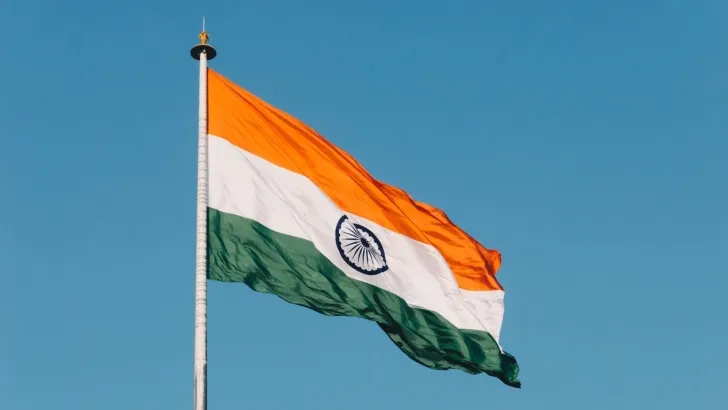
Gap to widen between India’s public and private banks: S&P
Large private banks will outperform their publicly-owned peers, the ratings agency said.
Performance will be polarized between India’s private and public banks, as the latter continues to be hit with weak earnings, according to S&P Global Ratings.
Leading private sector banks have largely addressed their asset quality challenges, and their profitability is improving more sharply than the system’s, said Deepali V Seth Chhabria, primary credit analyst, S&P..
In contrast, many large public sector banks are still saddled with weak assets, high credit costs, and poor earnings.
Overall, Indian banks’ weak loans are expected to decline in the next two years, with loan growth buoyed by borrowing from the retail sector as corporate borrowing lags.
ALSO READ: Bengalaru remains India’s fintech leader
The lender non-performing loans ratio is projected to come at 4.9% in 2023, according to the latest global bank outlook report released by S&P Global Ratings. The ratings agency further projects that the banking sector’s weak loans will decline to 4.5% to 5.5% of gross loans by 31 March 2023.
“In the next few years, we expect loan growth to stay somewhat in line with the trajectory of nominal GDP, and loan growth to the retail sector to continue to exceed that of the corporate sector,” said Seth Chhabria.
“Corporate borrowing is also picking up momentum, but the uncertain environment may delay capital expenditure-related growth,” she noted, adding that a shift to bank funding from capital market funding is also driving a pickup in corporate loan growth.
Deposits may find it hard to keep pace, leading to a weakening in the credit-to-deposit ratio, Seth Chhabria warned. “But the ratio has improved in the past few years. Banks' funding profiles remain sound, supported by strong deposit franchises,” she said.
S&P also expects a mixed-bag performance for finance companies or fincos.
“The asset quality of these fincos is often weaker than that of major private-sector banks,” Seth Chhabria said.




![Lorem Ipsum [ABF 1]](https://cmg-qa.s3.ap-southeast-1.amazonaws.com/s3fs-public/styles/exclusive_featured_article/public/2025-03/a_hand_pointing_to_a_futuristic_technology_5b87c9d0e3_1.png.webp?itok=2w0y1WhS)


![Cross Domain [Manu + SBR + ABF + ABR + FMCG + HBR + ]](https://cmg-qa.s3.ap-southeast-1.amazonaws.com/s3fs-public/styles/exclusive_featured_article/public/2025-01/earth-3537401_1920_4.jpg.webp?itok=WaRpTJwE)







 Advertise
Advertise

